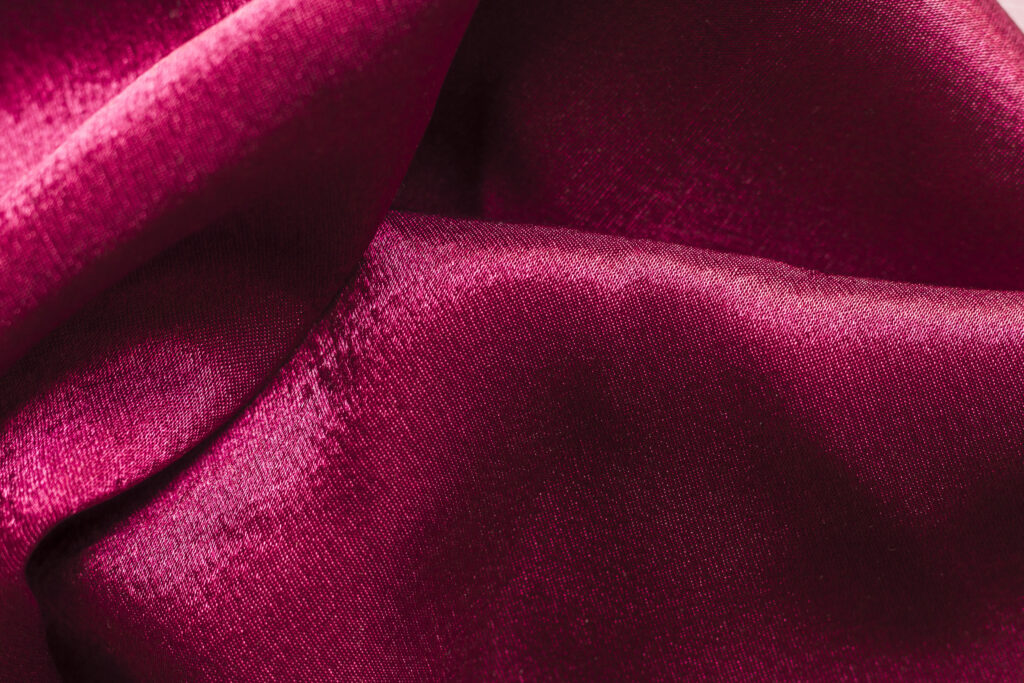
In the world of textiles, the choice between natural and synthetic fabrics is a topic of constant debate. Each type of fabric comes with its own set of characteristics, advantages, and drawbacks, making them suitable for different uses and lifestyles. Understanding their differences is essential to make informed decisions when shopping for clothing, home textiles, or industrial materials.
Our collection includes both natural and synthetic fabrics, providing options that align with various preferences and applications. For those seeking eco-friendly choices, we offer fabrics made from renewable, biodegradable materials such as organic cotton, bamboo, and linen. These natural textiles are cultivated and processed with minimal environmental impact, ensuring a responsible approach to resource use.
Natural Fabrics: Timeless Elegance and Comfort
Natural fabrics are derived from plant or animal sources, such as cotton, wool, silk, and linen. They have been used for centuries and are celebrated for their softness, breathability, and sustainability.
-
Advantages of Natural Fabrics:
-
Breathability: Natural fibers allow air to circulate, making them comfortable to wear in various climates. For instance, cotton and linen are ideal for summer, while wool is perfect for winter.
-
Eco-Friendliness: Many natural fabrics are biodegradable and have a smaller environmental footprint compared to synthetic options. Organic cotton and hemp are particularly sustainable choices.
-
Hypoallergenic: These fabrics are less likely to irritate sensitive skin, making them a popular choice for baby clothing and medical textiles.
-
-
Drawbacks of Natural Fabrics:
-
Durability: They tend to wear out faster and may shrink or wrinkle easily.
-
Cost: High-quality natural fabrics, such as silk, can be expensive.
-
Maintenance: They often require special care, such as dry cleaning or gentle washing.
-
-
Particular Uses of Natural Fabrics:
-
Cotton: Ideal for casual clothing like t-shirts, jeans, and undergarments due to its softness and breathability. It’s also widely used in home textiles such as sheets, towels, and curtains.
-
Wool: Perfect for winter clothing like sweaters, coats, and scarves because of its insulating properties. Wool is also used in blankets and upholstery.
-
Silk: Commonly used for luxurious garments such as evening dresses, ties, and lingerie. Its smooth texture and sheen make it popular for bedding and decorative purposes as well.
-

Synthetic Fabrics: Innovation and Versatility
Synthetic fabrics are man-made, usually from petroleum-based products, and include materials like polyester, nylon, acrylic, and spandex. These fabrics are engineered to provide durability, elasticity, and resistance to environmental factors.
Advantages of Synthetic Fabrics:
Durability: Synthetic fibers are generally more resistant to wear, tear, and weather conditions. They are ideal for outdoor gear and activewear.
Cost-Effectiveness: They are typically more affordable to produce and purchase.
Low Maintenance: Most synthetic fabrics are easy to wash, quick-drying, and wrinkle-resistant.
Drawbacks of Synthetic Fabrics:
Environmental Concerns: Synthetic fabrics are not biodegradable and can contribute to microplastic pollution.
Lack of Breathability: They can trap heat and moisture, making them less comfortable in warm climates.
Skin Sensitivity: Some people may find synthetic fabrics irritating or uncomfortable.
Particular Uses of Synthetic Fabrics:
Polyester: Widely used in activewear, outdoor clothing, and home textiles like curtains and upholstery due to its durability and wrinkle resistance.
Nylon: Commonly used in sportswear, swimwear, and outdoor gear because of its lightweight, stretchy, and water-resistant properties. It’s also found in stockings and parachutes.
Acrylic: Often used as a wool substitute for sweaters, blankets, and scarves. Its vibrant colors and affordability make it popular in decorative textiles.
Spandex : Essential in stretchable garments like yoga pants, leggings, and sports bras. It’s also blended with other fabrics for added elasticity.
Fake Leather (Faux Leather): Common in furniture upholstery, jackets, bags, and shoes, offering an affordable and animal-free alternative to genuine leather.

Choosing the Right Fabric.
The decision between natural and synthetic fabrics often depends on the intended use and personal preferences. Natural fabrics are ideal for those who prioritize comfort, sustainability, and a classic aesthetic. Synthetic fabrics, on the other hand, are perfect for high-performance clothing, budget-friendly options, and long-lasting materials.
For instance, if you’re shopping for everyday wear, cotton or a cotton-polyester blend might strike a good balance between comfort and durability. For outdoor adventures, synthetic fabrics like nylon or polyester offer the necessary water resistance and flexibility. Meanwhile, for formal occasions, nothing matches the elegance of silk or the innovation of a modern synthetic alternative like microfiber.
The Future of Fabrics.
The rise of eco-conscious consumers has led to innovations in both natural and synthetic textiles. Researchers are developing sustainable synthetics, such as bio-based polyester, and improving the production of natural fabrics to minimize their environmental impact. Blended fabrics that combine the best qualities of both types are also gaining popularity.
In conclusion, the choice between natural and synthetic fabrics doesn’t have to be an either-or decision. By understanding their differences, you can select the best material for your needs, while also considering the broader impact of your choices on the environment and society.
Why Fabric Choice Matters.
At Big Z Fabric, we emphasize the importance of selecting the right fabric for your specific needs. Each material serves a unique purpose, whether it’s ensuring comfort, meeting performance standards, or aligning with environmental values. By understanding the properties and applications of natural and synthetic fabrics, you can make informed decisions that enhance the quality, functionality, and sustainability of your products. Choosing wisely not only impacts the end-user experience but also reflects a commitment to responsible and thoughtful production practices.
